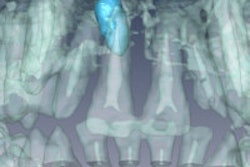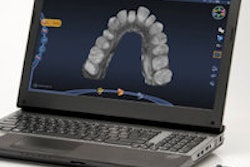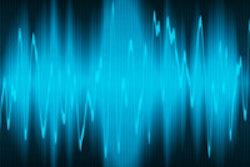The Canary system from Quantum Dental Technologies provided better caries evaluation than fluorescence technology or visual examinations in two new studies, presented last week at the European Organisation for Caries Research congress in Liverpool, U.K.
In the first study, lesion depth of natural caries was correlated with the readings from the Canary, the Diagnodent (KaVo), and the International Caries Detection and Assessment System (ICDAS) II visual ranking system, the company noted in a press release. Using polarized light microscopy to examine the tooth samples, investigators found that the Canary numbers produced a more accurate correlation with lesion depth than either the Diagnodent or ICDAS II.
This correlation may be explained by the ability of the Canary system to measure changes in the crystal structure of the tooth, the researchers noted. Other caries detection devices rely on fluorescence technology, which can detect the presence of bacterial porphyrins but can't identify changes in tooth crystal structure, according to Quantum.
In the second study, the energy conversion technology that powers the Canary system enabled investigators to accurately detect caries around the intact margins of ceramic crown restorations. In contrast, most of the Diagnodent readings did not reveal the presence of tooth decay, the researchers noted. This study showed that the Canary system may be useful for detecting tooth decay that develops around ceramic crowns.



















